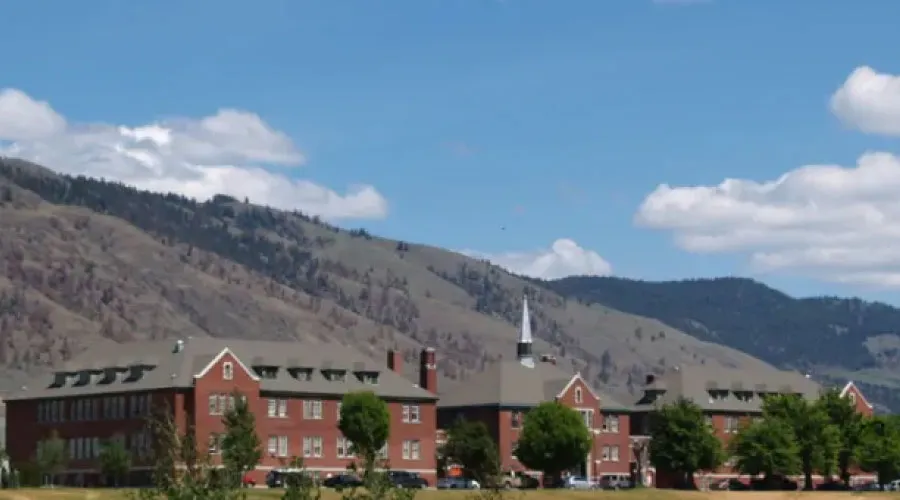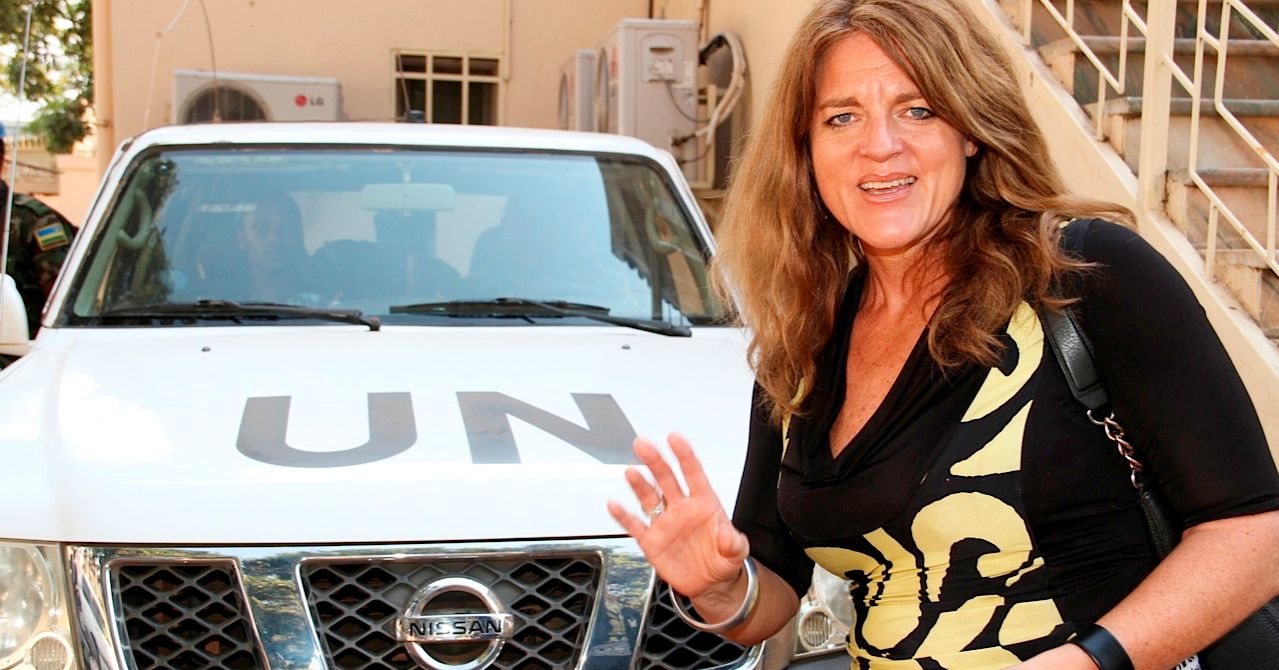The Bishops of Canada pledged to work for healing and reconciliation with the country’s indigenous populations, after unidentified graves with the remains of more than 200 indigenous children were discovered in a former Catholic residential school.
“On behalf of the Canadian Conference of Catholic Bishops (CCCB), I express our deepest regret at the heartbreaking loss of the children at the former Kamloops Indian Residential School at Tk’emlúps te Secwépemc First Nation,” said Msgr. Richard Gagnon, Archbishop of Winnipeg and president of the CCCB on May 31.
“We raise our prayers to the Lord for the children who have lost their lives and we promise our close accompaniment to indigenous families and communities,” he added.
In Canada, indigenous populations are known as “First Nations”. Currently, there are 634 First Nations communities in the country, and according to the 2016 census, it comprises a population of more than 975,000 people.
The remains of the children were discovered on May 22 at the Indian residential school called “Kamloops”, located in British Columbia (Canada). The find was possible thanks to the use of ground penetrating radar. To date, it is unknown how the children died or who they were and it is believed that the deaths were undocumented.
Bishop Gagnon said the recent discovery was “shocking” and pushed for more research to determine what happened to the children. “Honoring the dignity of the little lost requires that the truth come out,” he said.
“This tragedy profoundly impacts indigenous communities, with whom many people on this earth and around the world now stand in solidarity,” he added, vowing that the bishops will support affected families and communities.
“As we see more and more clearly the pain and suffering of the past, the bishops of Canada are committed to continuing to walk alongside indigenous peoples in the present, seeking greater healing and reconciliation for the future,” he said.
Other bishops also issued statements following the revelations of the tombs, including the Bishop of Kamloops, Bishop Joseph Nguyen. On May 28, Bishop Nguyen said he was “heartbroken and horrified” by what happened. “There are no words of pain that can adequately describe this horrible discovery,” he said.
In addition, he expressed his closeness and support to those affected. “I express my deepest condolences to Chief Roseanne Casimir of the Tk’emlúps te Secwépemc First Nation, and to all who are mourning this indescribable tragedy and loss,” he said. I offer “personal support, prayers and accompaniment to our First Nations community in Kamloops and beyond,” he added.
In a statement published by the Catholic BC, the Archbishop of Vancouver, Msgr. J. Michael Miller, said that “he was filled with deep sadness by the disturbing news.”
“The pain caused by such news reminds us of our constant need to bring light to every tragic situation that occurred in residential schools run by the Church,” he said. “The passage of time does not erase the suffering that affects the affected indigenous communities, and we are committed to doing everything possible to cure that suffering,” he added.
The Kamloops Industrial School, later called the Kamloops Indian Residential School, began operations in 1890. The school was run by the Oblates of Mary Immaculate from 1892 to 1969, when the Canadian government re-took control of the school.
At the time, the building served as a residence for First Nations children attending day schools in the area. The residence closed in 1978. It should be noted that there was a time when the Kamloops school was the largest residential school in the country.
Previously, the Truth and Reconciliation Commission, a commission that lasted from 2008 to 2015, whose goal was to document the history and lasting impacts of the country’s residential schools, found that 51 children had died at the Kamloops residential school.
The commission said that between 4,000 and 6,000 students died as a result of neglect or abuse in Canadian residential schools. The last federally run residential school in Canada closed in 1996.
According to the findings of the Truth and Reconciliation Commission, the residential school system placed indigenous, Inuit, and Métis children in boarding schools, and separated them from their families, in an effort to strip them of their cultures and force the assimilation.
In a May 27 statement issued by the Tk̓emlúps te Secwépemc band, Chief Roseanne Casimir confirmed the discovery of the remains. He said the graves were “commented on, but never documented by the Kamloops Indian Residential School.”
The graves were discovered thanks to a grant that funded the use of ground penetrating radar. The site is still being examined.
Casimir noted that “given the size of the school, with up to 500 students enrolled and attending concurrently, we understand that this confirmed loss affects First Nations communities in British Columbia and beyond.”
“We want to make sure that our community members, and all the children’s home communities that attended, are properly informed. This is the beginning, but given the nature of this news, we feel it is important to share it immediately, ”he added.
He also confessed that “at this moment we have more questions than answers. We look forward to providing updates as they become available, ”said Casimir.
One of the calls to action of the Truth and Reconciliation Commission was an apology from Pope Francis “to the survivors, their families and communities for the role of the Roman Catholic Church in spiritual, cultural, emotional, physical and sexual abuse. of First Nations, the Inuit, and Métis children, in residential schools run by Catholics, ”he recalled.
Finally, he recommended that the apology should be “similar to the 2010 apology, issued to Irish victims of abuse.”
Translated and adapted by Cynthia Pérez. Originally posted on CNA.
– .


